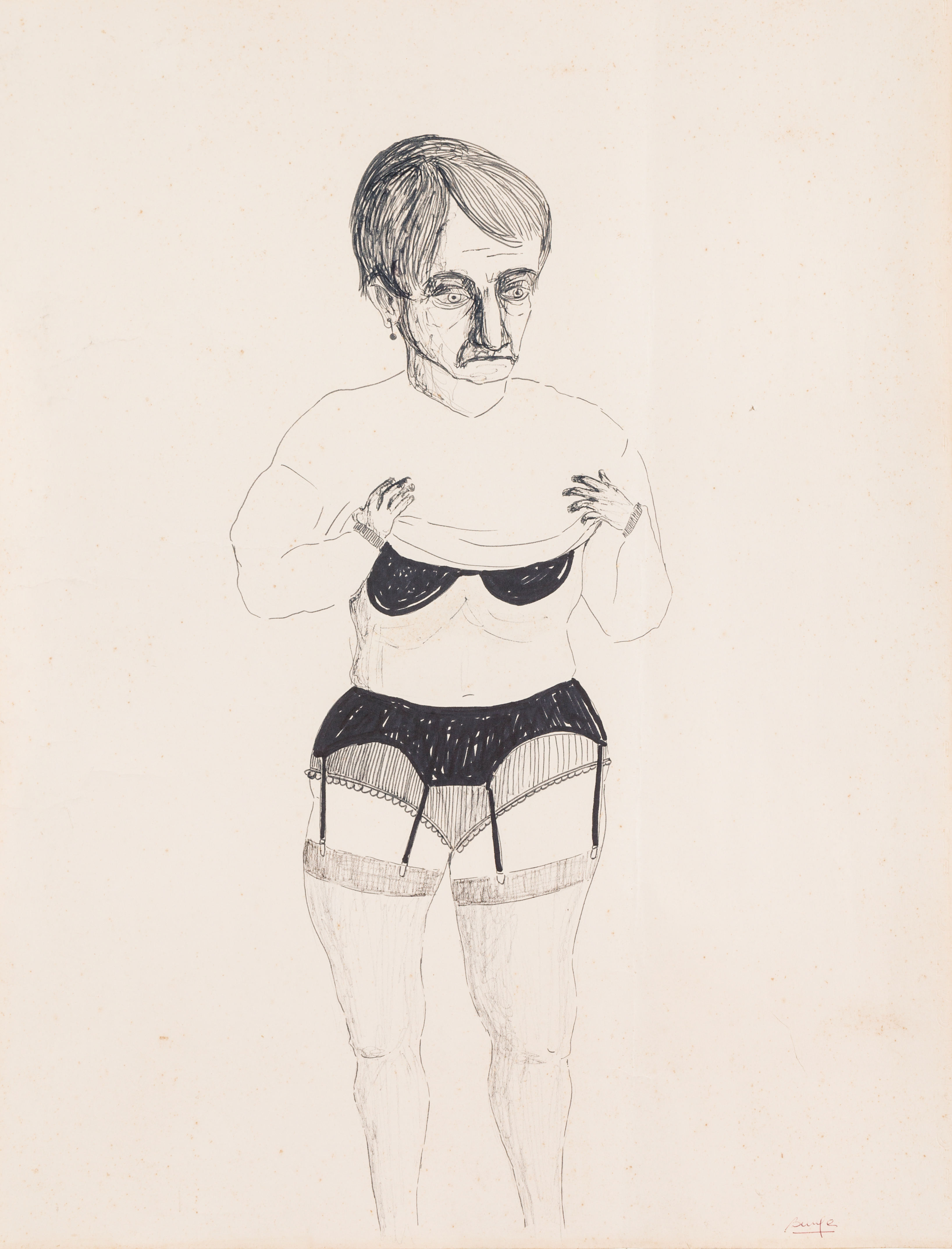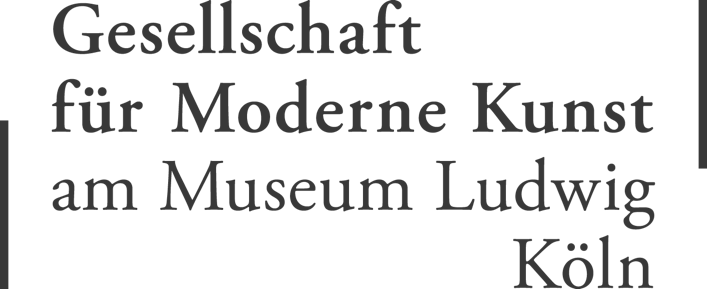Perlensucher
Teresa Burga - Untitled (woman undressing), ca. 1966
2015
Teresa Burga (Iquitos, Peru, 1935) studied painting at the Catholic University in Lima (1962–1964), followed by a fellowship at the Art Institute of Chicago. After she completed her studies, Burga began to turn to increasingly experimental art forms. From 1966 to 1968, she was a member of the artist group Arte Nuevo, which paved the way for a radical transformation of the artistic landscape in Peru. Teresa Burga is among the early protagonists of installation art in Peru. In the seventies, she created large-scale analytical installations, which thematised the properties and effects of information, language, and audio-visual media. Further key aspects of her work include a preoccupation with mass culture, the construction of identity and femininity, and the mechanization and bureaucratisation of labour and leisure. Also worth noting are her graphic works and displays, which were created within the frameworks of interdisciplinary research projects and position Teresa Burga’s artistic practice within the fields of both communication design and ‘artistic research’.

Untitled (Woman Undressing), ca. 1966
Teresa Burga’s drawings range from process-oriented, abstract structures to figurative works. In her drawing Untitled (Woman Undressing), ca. 1966, the artist depicts a short-haired woman in the process of taking off her clothes. Beneath her simple clothing, she wears fishnet stockings and provocative lingerie. With this, Burga addresses the theme of female representation, a theme that preoccupied many female intellectuals in the sixties. They rebelled against stereotypical gender roles, which typecast the women in the role of mother, housewife, or the perfect host. These feminist artists were also critical of advertising strategies, which exploited the female body as a mere projection surface.
